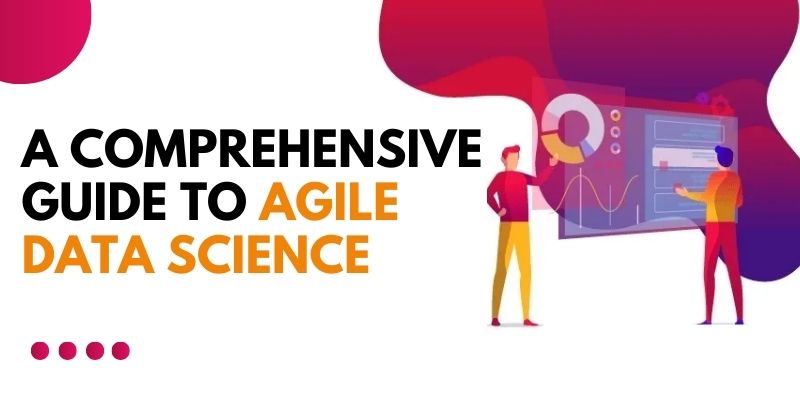
Agile is a software development technique that promotes software construction through incremental sessions with small cycles, allowing development to keep up with the company’s changing demands. Agile Data Science blends agile methodology and data science. This blog will go over A Comprehensive Guide to Agile Data Science.
Agile Data Science’s course goal is to help newcomers to big data and aspiring data scientists develop into valuable team members in data science and agile in data analytics, which may be accomplished through Data Science Training in Chennai.
What is Agile Data Science?
The agile process is an iterative method to software developments and project management that enables teams to provide value to consumers. It is a Software Development Lifecycle methodology that most businesses employ for Data Science development projects. Agile Data Science is a data science strategy that focuses on the creation of web applications. It asserts that the web application is the most effective data science process output for effecting change in a business. It claims that application development is a fundamental data scientist talent.
Why Agile for Data Science?
Data science must be agile, defined as the capacity to provide actionable insights rapidly, iterate on those insights, and evaluate the outcomes. Agile Data Science is a programming method that addresses the uncertainty of creating analytics platforms from large amounts of data.
Agile Data Science Methodologies
Scrum
Scrum is the most widely used agile technique for data science projects. It’s a tried-and-true method developed in the late 1980s and early 1990s. Under the Scrum process, a deliverable product should be provided at the end of each sprint. The most common sprint duration is two weeks.
Kanban
It is a reasonably simple collection of concepts that may be used to a variety of circumstances, including data science. Kanban is far less process-heavy than Scrum. It, unlike Scrum, strives for continuous flow rather than predetermined time increments. User stories are used to express tasks in the same way as Scrum is, although only one story is committed to at a time. Stories are piled up in a backlog and constantly prioritized.
Data-driven scrum
Data-Driven Scrum is a new agile collaborative approach that is specifically tailored for projects that include data science. It tries to merge the best parts of scrum and Kanban from a data science approach. Because the framework is new, its usefulness is still being debated.
Enroll in the Data Science Online Training, Which will provide you with more Concepts about Data Science Benefits.
Benefits of Agile Data Science
The following are the primary advantages of Agile data science:
Enhanced Client Satisfaction
Because this methodology emphasizes constant collaboration between the project team and stakeholders, agile teams may receive timely input from customers at each stage of the development process and move quickly after review sessions.
Delivery & Continuous Improvement
Agile is intended to facilitate continuous improvement and delivery. In other words, it is always improving the quality of your software while ensuring that it is delivered on time. When using agile software development approaches, one of the primary benefits that will lead to additional benefits.
Reduces loss by giving prior intimation of failure
Some data science endeavors, no matter how hard you try, fail. The speed with which you recognize that you’re bound to failure determines your ability to pivot to related aims or leave the endeavor.
Better Communication
Agile values individuals, teamwork, and direct communication. As data science teams develop in size and diversity, so does the requirement for effective communication within the team and with stakeholders.
Finally, you enjoyed this blog and now understand everything about Agile Data Science, including A Comprehensive Guide to Agile Data Science.
To know all about Data Science and how it can improve your career, do go for Training Institute In Chennai as it will be a plus point in your career.
